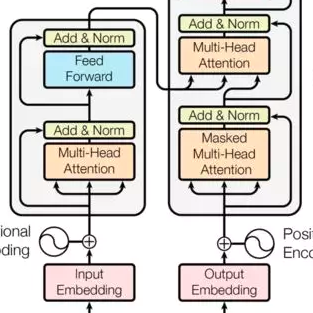Cell image analysis is crucial in Alzheimer's research to detect the presence of A$\beta$ protein inhibiting cell function. Deep learning speeds up the process by making only low-level data sufficient for fruitful inspection. We first found Unet is most suitable in augmented microscopy by comparing performance in multi-class semantics segmentation. We develop the augmented microscopy method to capture nuclei in a brightfield image and the transformer using Unet model to convert an input image into a sequence of topological information. The performance regarding Intersection-over-Union is consistent concerning the choice of image preprocessing and ground-truth generation. Training model with data of a specific cell type demonstrates transfer learning applies to some extent. The topological transformer aims to extract persistence silhouettes or landscape signatures containing geometric information of a given image of cells. This feature extraction facilitates studying an image as a collection of one-dimensional data, substantially reducing computational costs. Using the transformer, we attempt grouping cell images by their cell type relying solely on topological features. Performances of the transformers followed by SVM, XGBoost, LGBM, and simple convolutional neural network classifiers are inferior to the conventional image classification. However, since this research initiates a new perspective in biomedical research by combining deep learning and topology for image analysis, we speculate follow-up investigation will reinforce our genuine regime.
翻译:在阿尔茨海默氏研究中,细胞图像分析对检测A$\beeta$蛋白抑制细胞功能的存在至关重要。深层学习通过只使低层次数据足以进行丰硕的检查,加快了这一过程。我们首先发现Unet最适合在强化显微镜中,方法是比较多级语义截面的性能。我们开发了强化显微镜方法,以在光场图像和变压器中捕捉核素,使用Unet模型将输入图像转换成一系列地形信息。在图像预处理和地壳生成的选择方面,交叉团结的性能是一致的。含有特定细胞类型的数据的培训模型显示转移学习在某种程度上适用。我们首先发现Unet,通过对比多级语义语义断层的性能和景观特征,我们开发了用于收集一维数据、大幅降低计算成本的图像。我们利用变压器,我们尝试将细胞类型的细胞图像分组图像组合成仅依赖地形特征。SVM、XGB的训练模型模型模型显示转移学习过程,我们从常规的深度研究网络到开始的常规结构分析,而开始进行常规的常规的图像分析。



